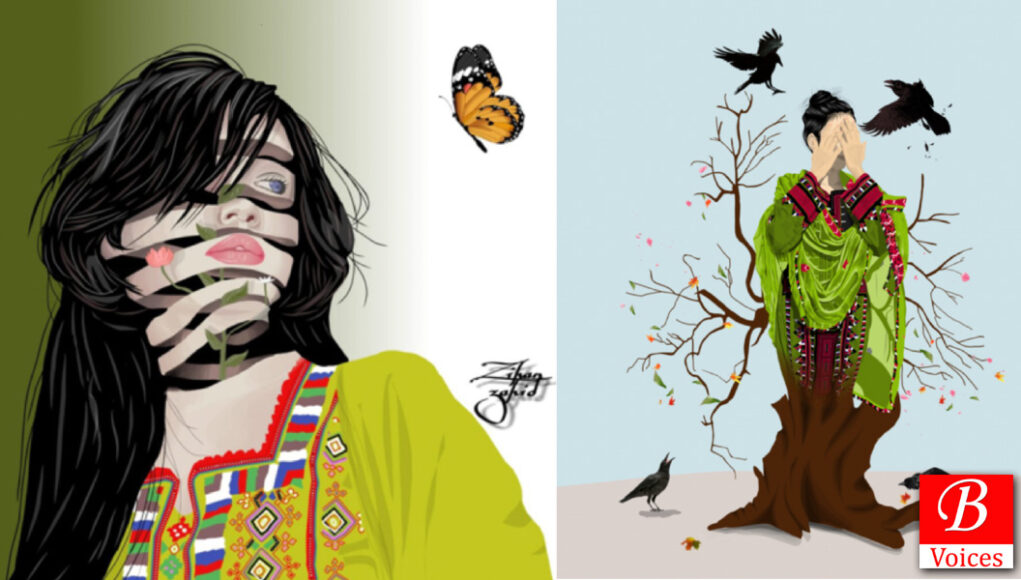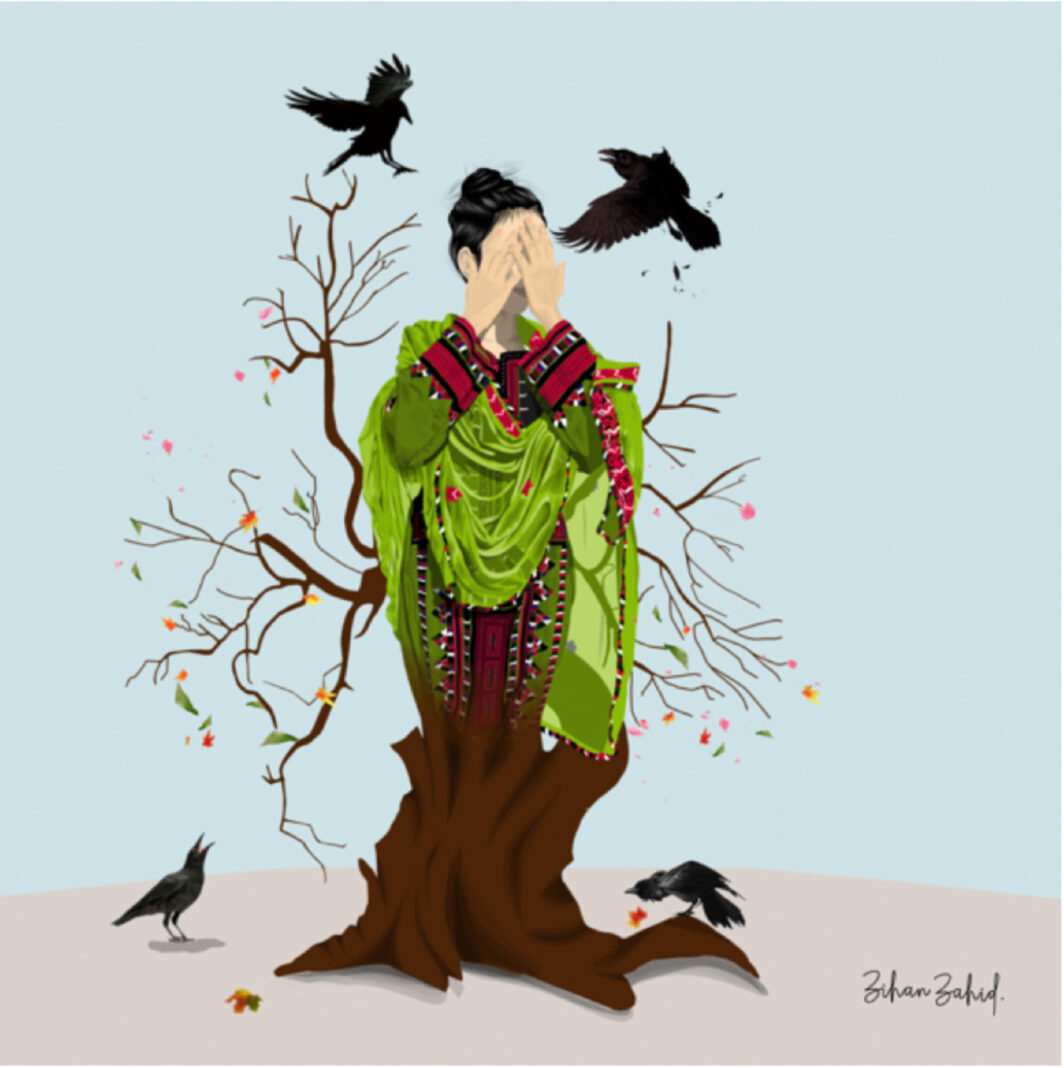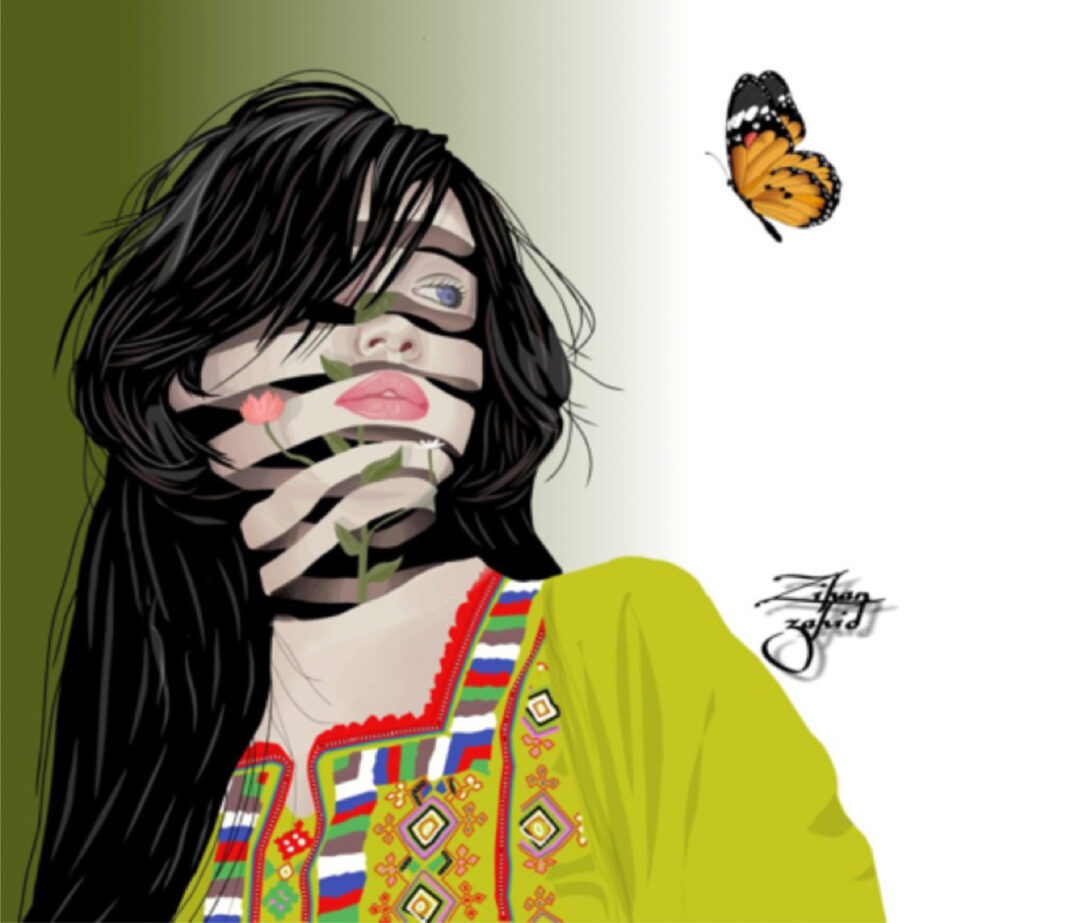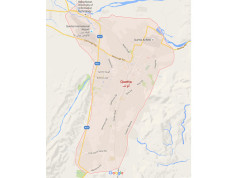Farah Baloch
In times of war, art has often played a vital role in providing a voice to the voiceless, a way to cope with the trauma and horrors of conflict. Among the many artistic movements that have emerged over the years, surrealism stands out as a unique and powerful form of expression that has captivated audiences around the world.
Surrealism emerged in the aftermath of World War I, a period of great upheaval and uncertainty in which artists sought to challenge the established order and create new ways of understanding the world. Led by figures such as Andre Breton and Salvador Dali, surrealism sought to explore the depths of the human psyche, the subconscious mind, and the irrational.
Through their art, surrealists sought to create a new reality, one that was not bound by the limitations of the physical world. They used strange and often unsettling images, such as melting clocks and distorted figures, to challenge viewers’ perceptions and provoke a deeper understanding of the human condition.
During World War II, surrealism gained even more importance as a form of artistic expression. Many artists who were living in war-torn countries used surrealism as a way to deal with the horrors of war. They created works that were both surreal and unsettling, depicting the destruction and chaos of war in a way that was both haunting and beautiful.
In today’s world, surrealism continues to be an important form of artistic expression. Its unique style and focus on the unconscious mind allow artists to explore a world beyond the confines of reality. In a world that is still plagued by war and conflict, surrealism offers a way to cope with the traumas of war and provide an escape from the harsh realities of life.
Similarly, Balochistan recognizes the first surrealistic digital artist named Zihan Zahid whose art showcases the realities of a wartorn society. As the first surrealistic digital artist from Balochistan, Zihan’s art is a reflection of the challenges faced by the people of this region and the impact of war on their daily lives.
Zihan’s artwork captures the emotions and struggles of the people of Balochistan in a unique way that is both thought-provoking and moving. His surrealistic images often depict the pain and suffering of the people, particularly the women and children who are the most vulnerable during times of conflict.
One of Zihan’s most impactful pieces is an image of a little girl holding a photograph of a missing person and crying. This piece speaks volumes about the trauma faced by the families of the missing, who are left with no closure and are forced to live with the constant uncertainty of not knowing the fate of their loved ones.
Another powerful piece by Zihan is an image of a half-wooden girl growing despite the odds and being bullied by the environment. This piece reflects the resilience of the people of Balochistan who, despite facing numerous challenges and hardships, continue to persevere and strive towards a better future.
Zihan’s art not only raises awareness about the issues faced by the people of Balochistan but also serves as a form of therapy for those who have been directly affected by the conflict. Through his art, Zihan is able to convey the pain, struggles, and hopes of the people of Balochistan in a way that is both cathartic and inspiring.
Zihan’s artwork has received widespread recognition and has been featured in numerous exhibitions and galleries. His work has also been appreciated by art enthusiasts and collectors. Zihan Zahid is a trailblazing digital artist who is using his talent to shed light on the realities faced by the people of Balochistan. His surrealistic art captures the pain, struggles, and resilience of the people in a way that is both impactful and inspiring. Zihan’s work is a testament to the power of art to raise awareness, create empathy, and inspire change.
The writer is a teacher based in Gwadar. She holds a Masters’s degree in English literature.
Disclaimer: Views expressed in this article are those of the writer and Balochistan Voices does not necessarily agree with them.
Share your comments!










